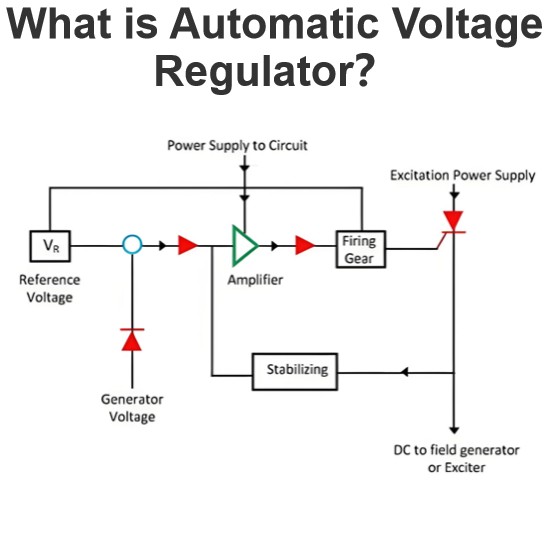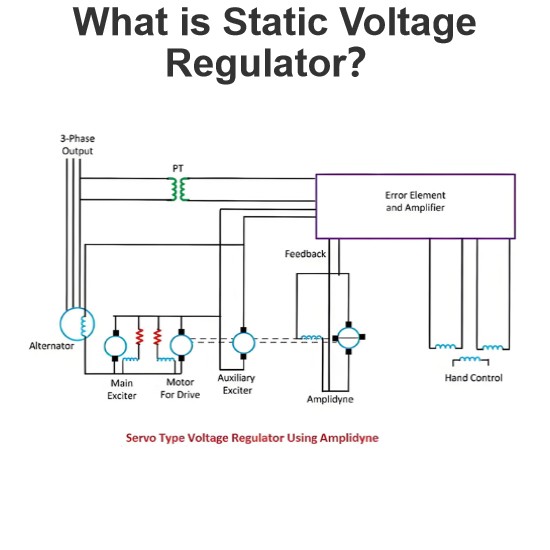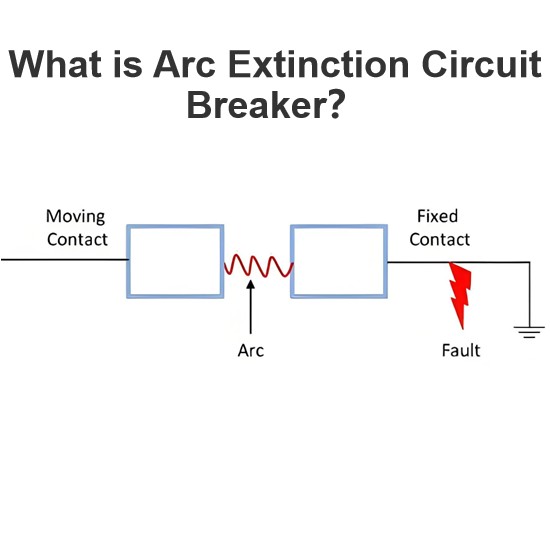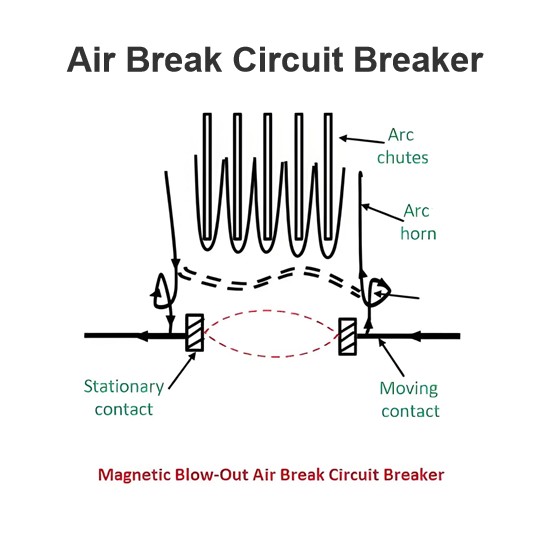What is the difference between a low frequency inverter and a high frequency one?
The primary distinctions between low-frequency inverters and high-frequency inverters lie in their operating frequencies, design structures, and performance characteristics in different application scenarios. Below are detailed explanations from several perspectives:
Operating Frequency
Low-Frequency Inverter: Operates at a lower frequency, typically around 50Hz or 60Hz. Because its frequency is close to that of utility power, it is suitable for applications requiring stable sine wave output.
High-Frequency Inverter: Operates at much higher frequencies, often reaching tens of kHz or even higher. This allows high-frequency inverters to use smaller magnetic components (such as transformers), thus reducing equipment size.
Design Structure
Low-Frequency Inverter: Often employs line-frequency transformers for voltage conversion. These transformers are larger and heavier but offer better interference resistance and higher overload capacity.
High-Frequency Inverter: Utilizes high-frequency switching technology and miniaturized transformers, resulting in more compact and lightweight designs. However, high-frequency operation may introduce EMI (Electromagnetic Interference) issues and requires more sophisticated circuit design.
Efficiency and Losses
Low-Frequency Inverter: Due to the use of larger transformers, efficiency may not be as high as that of high-frequency inverters, especially under partial load conditions. However, it excels in handling high-power loads.
High-Frequency Inverter: Thanks to efficient switching technologies, theoretically achieves higher conversion efficiency, particularly under light to medium load conditions. Nevertheless, managing heat dissipation and maintaining efficiency becomes challenging with increased load.
Application Scenarios
Low-Frequency Inverter: More suitable for industrial applications, large equipment power supply, and other scenarios requiring high reliability and strong interference resistance.
High-Frequency Inverter: Widely used in consumer electronics, portable power supplies, etc., favored for their small size and light weight.
The Electricity Encyclopedia is dedicated to accelerating the dissemination and application of electricity knowledge and adding impetus to the development and innovation of the electricity industry.













